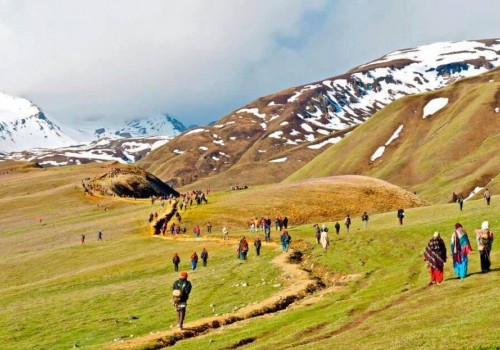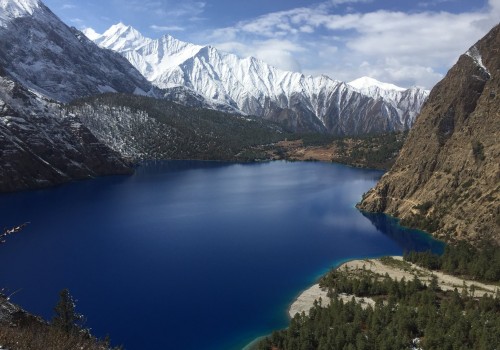About Upper Dolpo Trek
Guru Rimpoche, who spread Tibetan Buddhism throughout the Himalayas, discovered this hidden land over 1700 years ago. This land, also called “beyul” or refuge has been inhabited by Tibetan nomads, called Drokpas, for over a thousand years. It has remained isolated, due to its remote location and has only been open for trekking and tourism since 1989. One of the highest inhabited places on earth, Dolpo is also still a stronghold of the pre-Buddhist, Bon Po religion. It is a high, mountainous region of fortified villages, ‘dzongs’ and many high passes.
You will pass through many ancient monasteries highland villages and wonderful natural scenery as you make your way to Phoksundo Lake and the fabled Shey Gompa. You will explore alpine meadows and exotic villages in Upper Dolpo which has kept Bhoriya culture alive.
The most interesting factor of this 25-day and 24-night trek is that you get to witness the cultural differences of the people of different regions, had centuries ago. Dolpo the high mountainous settlement holds the nomads that migrated to the region ages ago. Similarly, the people of Mustang also called Lopas also migrated from Tibet almost during the same time. Still, the contrast between the people of these two regions in the past and in recent times is so huge in terms of civilization; it is an interesting discovery.


